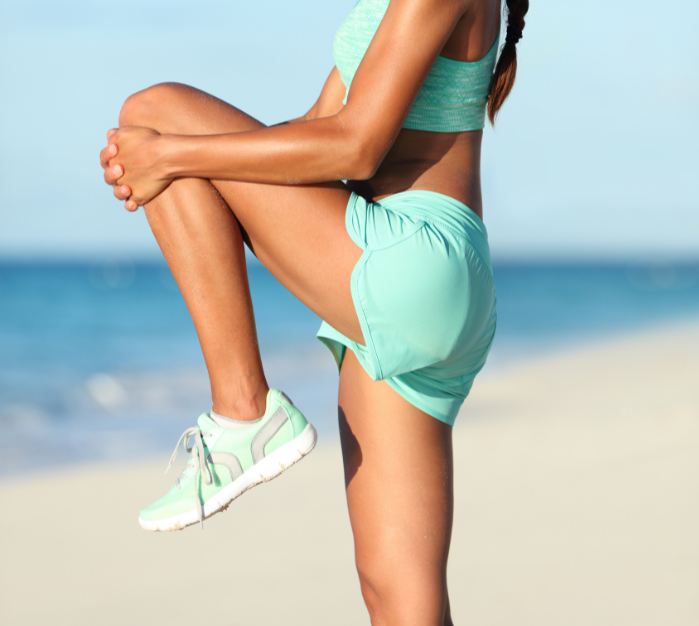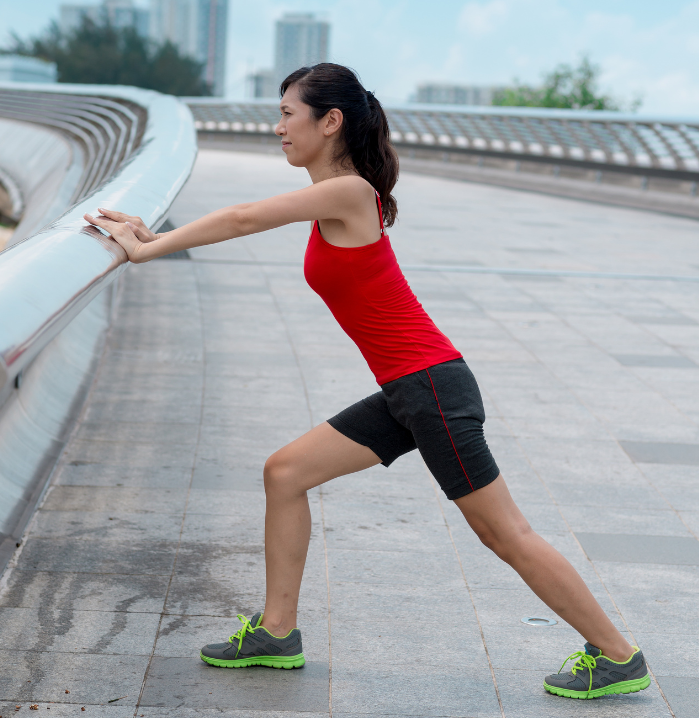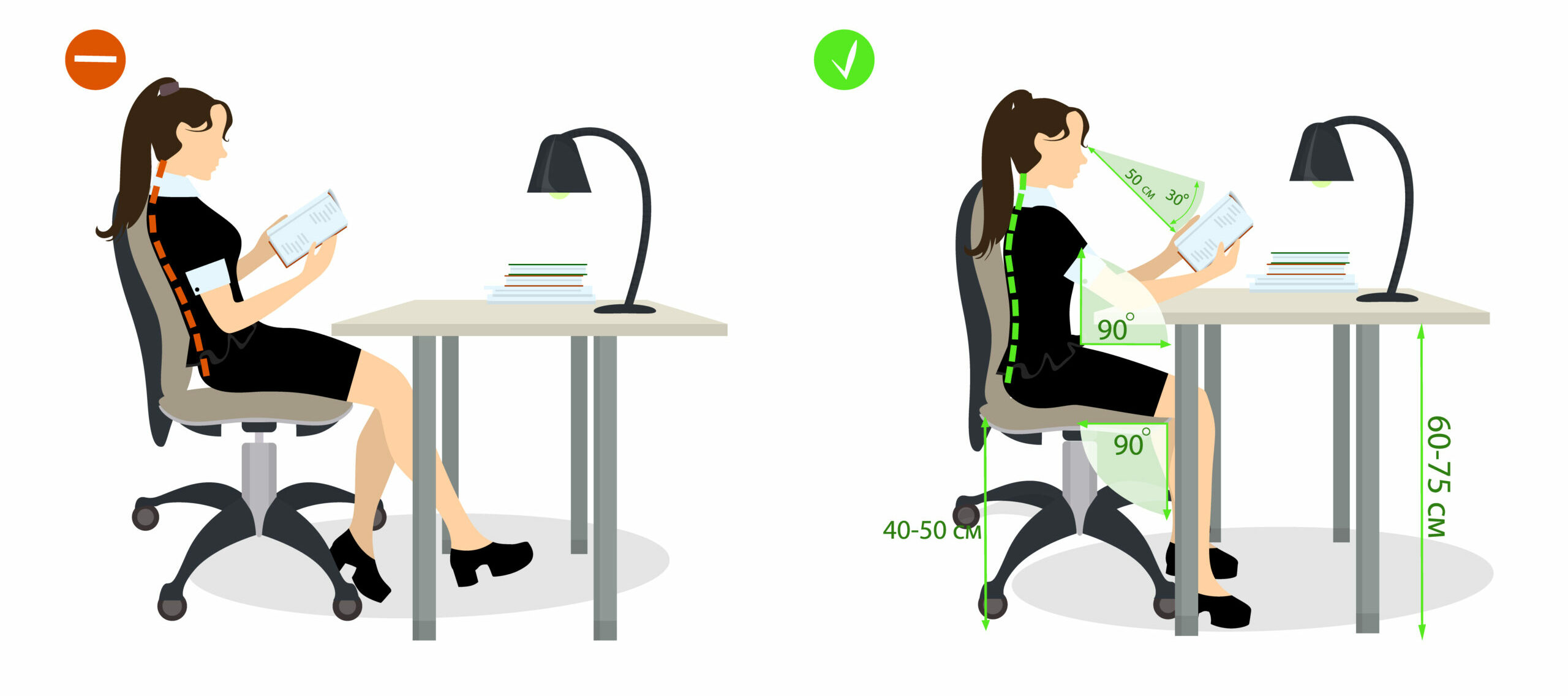Now, for some good news: there are many exercise and lifestyle tips you can utilise to help relieve your knee pain when bending it. In this article, we will explore exercises, stretches, and other lifestyle changes that may help reduce the intensity of your knee pains so you can live comfortably.
Why does my knee hurt when I bend it?
Knee pain can be caused by many factors – ranging from an injury to underlying medical conditions such as arthritis or gout. They can be grouped into 3 categories: Common knee injuries, mechanical problems, and arthritis.
Common Knee Injuries: Injuries to the knee causing knee pain can be caused by acute, high-impact trauma (e.g. car accident, falls from height), or from chronic, low-energy trauma (e.g. overuse). Examples of knee injuries include Anterior Cruciate Ligament (ACL) injury, fractures, patellar tendon tears , or a torn meniscus. These injuries can result in pain, swelling, and instability in the knee joint, making it difficult to bend or straighten the leg.
Mechanical Problems: Knee pain can also be caused by non-trauma mechanical problems affecting the knee joint. This type of knee pain is often described as “mechanical” because it is often caused by the biomechanics of the knee joint not working properly. Some mechanical problems that cause knee pain are back, hip or foot issues, Iliotibial Band (IT band) syndrome, and patellofemoral syndrome.
Arthritis: Finally, arthritis can affect the knee joint to cause knee pain. Common types of arthritis known to cause knee pain include gout, osteoarthritis, pseudogout, rheumatoid arthritis, and septic arthritis.
If you’re obese, excess weight can also put pressure on the knee joints, leading to pain when bending or standing. The pain is made worse if you adopt poor postures, or have knee alignment issues. ! Poor posture and knee malalignment can cause the muscles and joints in the knee to become misaligned, leading to even more pain.
Is it safe for me to exercise my knee?
Before starting any exercise program for knee pain, it’s important to determine the underlying cause of the pain. If the pain is severe or accompanied by swelling, redness, or warmth around the knee, it is recommended to seek medical attention.
Depending on the cause of the knee pain, different types of exercises may be beneficial. Therefore, it’s important to consult with a Pain Doctor before starting any exercise program.
Specific exercises have been proven to be effective in managing knee pain. When performed correctly and consistently, these exercises will improve the flexibility of your knees, strengthen the muscles that support them, and increase your overall range of motion. Certain exercises can also help to reduce the risk of further injury or aggravating your knee condition.
Strengthening Exercises
Exercise can help strengthen your knee muscles, improve your flexibility, and increase your overall range of motion can help reduce the intensity of knee pain when bending. The stronger your knee muscles are, the better they will be able to support and protect your knee joint. Here are some strengthening exercises you can try at home:

- Side leg raises: Lie on your side with your bottom leg bent and supporting you. Slowly lift the top leg until it is in line with your hip and hold for a few seconds before returning to the starting position. Repeat 10 times on each side.

- Wall squats: Stand with your back against a wall with your feet shoulder-width apart. Slowly slide down until your knees form a 90-degree angle while keeping your back flat. Hold for a few seconds before returning to the standing position. Repeat 10 times.

- Step-ups: Stand in front of a step or box, with your toes facing the edge and feet shoulder-width apart. Step up onto the box with one foot, pushing off from the heel. Bring your other foot up to join it and then slowly lower yourself back down with control. Repeat 10 times on each side.
Stretching Techniques
Apart from strengthening exercises, you should also focus on stretching your muscles before and after each workout session. This will help reduce stiffness in the knee joint and improve blood circulation around the area. Besides, having a better range of motion (ROM) will reduce your risk of further injury and make everyday activities a breeze. Here are specific stretches you can do to minimize pain when bending your knee:

- Hamstring stretch: Begin by standing with both feet on the ground. Hold the back of one leg and slowly bend it up towards your chest, keeping your other leg straight. Hold this position for a few seconds before returning to the starting position. Repeat 10 times on each side.

- Quadriceps stretch: Start by standing with one foot in front of the other, with your back straight and knees slightly bent. Bend your front leg and grab the ankle with one hand while pushing your hips forward to feel a stretch in the muscles on the front of your thigh. Hold this position for a few seconds before returning to the starting position. Repeat 10 times on each side.

- Calf stretch: Start by standing with your feet hip-width apart and place your hands against a wall for support. Extend one leg behind you, keeping your heel on the ground and your toes pointing up. Lean forward into the wall until you feel a stretch in your calf muscle.
Exercises to avoid
As much as certain exercises can help to alleviate knee pain and even prevent more pain or injury, you should steer clear of some forms of exercise if you’re dealing with pain in the knee. This is especially so for those with knee pain causes by conditions such as osteoarthritis, rheumatoid arthritis, or injuries to the meniscus or ACL.
- High-impact exercises: High-impact exercises such as running, jumping, or plyometrics put a lot of stress on your knees and can make knee pain worse. These exercises can also cause additional damage to the joints and cartilage.
- Lunges: Lunges put a lot of strain on the knees, particularly if you do not have proper form. They require a significant amount of knee flexion and can aggravate existing knee injuries.
- High-Resistance Exercises: Exercises that require heavy weights or resistance bands can also be harmful to the knees. The added weight can put more pressure on the joints and cartilage.
Lifestyle Tips
To truly manage your knee pain, it’s also critical to make some positive lifestyle-related adjustments. This is especially so if you’re overweight or obese, as carrying extra weight puts more stress on your knees. Not to mention, it often worsens symptoms of pain and inflammation.
Here are some lifestyle tips that can help prevent knee pain:
Tips for Proper Posture and Alignment
Maintaining proper posture and alignment can help reduce the risk of knee pain. When standing or walking, make sure your feet are shoulder-width apart and your weight is evenly distributed on both feet. Keep your knees slightly bent, your shoulders back, and your chin up. Try to avoid any uneven surfaces and walk with your feet pointing forward.
When sitting, keep your feet flat on the ground and make sure your thighs are parallel to the floor. Avoid crossing your legs when sitting, as this can cause misalignment in the knee joint.

Essential Nutrients for Joint Health
In addition to exercising and maintaining proper posture, it’s important to make sure you’re getting enough of the essential nutrients for joint health. This includes omega-3 fatty acids, vitamin C, Calcium, and Vitamin D.
- Omega-3 fatty acids help reduce inflammation and can be found in foods like salmon, chia seeds, flaxseeds, and walnuts.
- Vitamin C helps keep the cartilage in your joints healthy and can be found in citrus fruits, broccoli, bell peppers, and tomatoes.
- Calcium can help improve joint health and reduce the risk of knee pain. It can be found in dairy products such as milk and cheese.
- Vitamin D helps regulate calcium levels in the body to support joint health and can be found in foods like mushrooms, fortified cereals, eggs, fatty fish (e.g., salmon, tuna, and mackerel), and dairy products.
Take note, however, that you should not be excessively increasing your caloric intake to get these nutrients, as this could lead to a potential weight gain.
Knee pain can be a frustrating and debilitating condition, but it can be managed with exercise and lifestyle changes. Knee pain can be a debilitating condition, but it is possible to manage your symptoms and keep them at bay. With the right lifestyle adjustments, such as exercising regularly, maintaining a proper posture, and getting adequate amounts of essential nutrients for joint health, you should be able to reduce your knee pain.
However, if you are experiencing severe or persistent knee pain, it’s important to see a Pain Doctor for a diagnosis and treatment plan. With the right treatment plan and healthy lifestyle adjustments, you can enjoy an active life free from knee pain.



